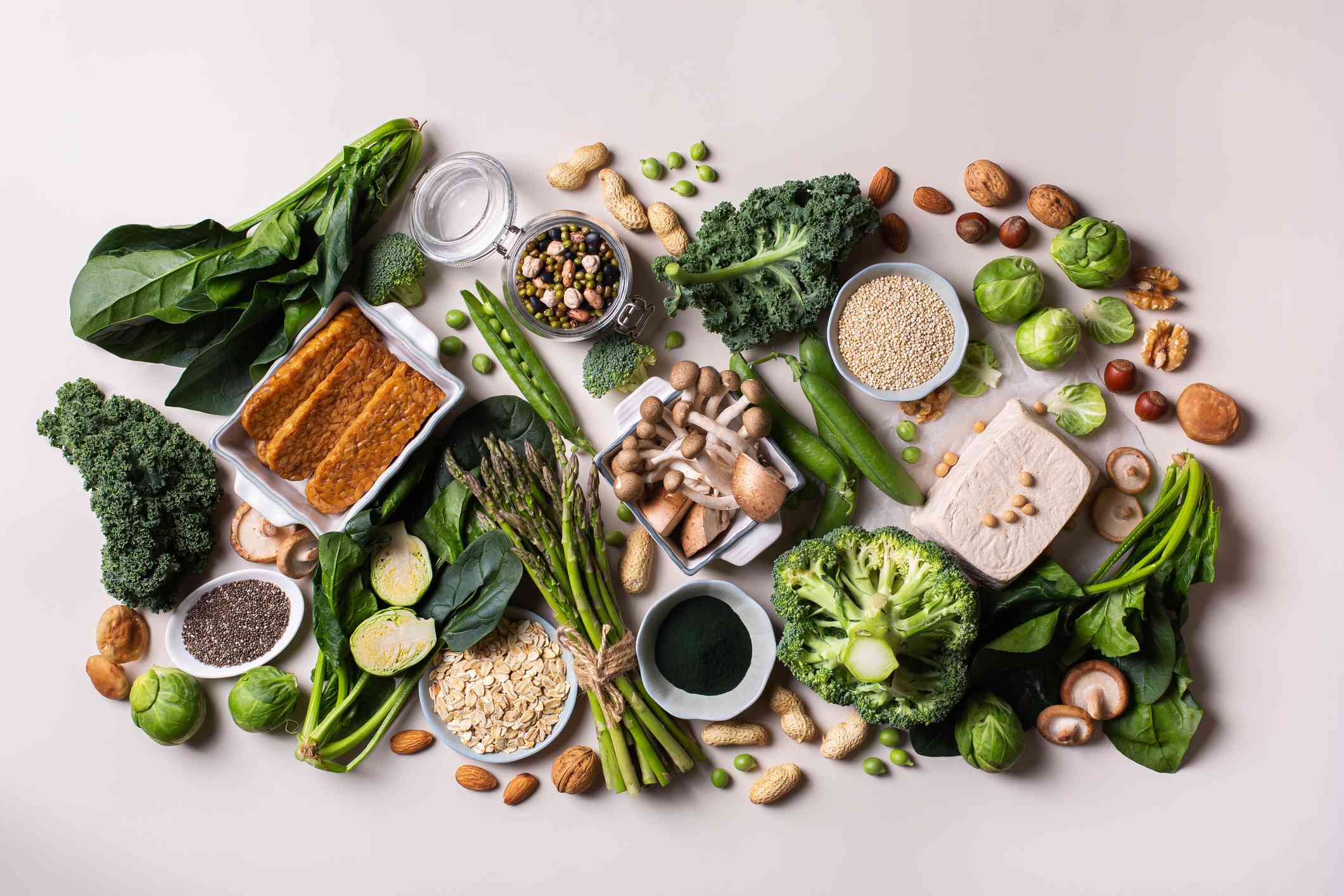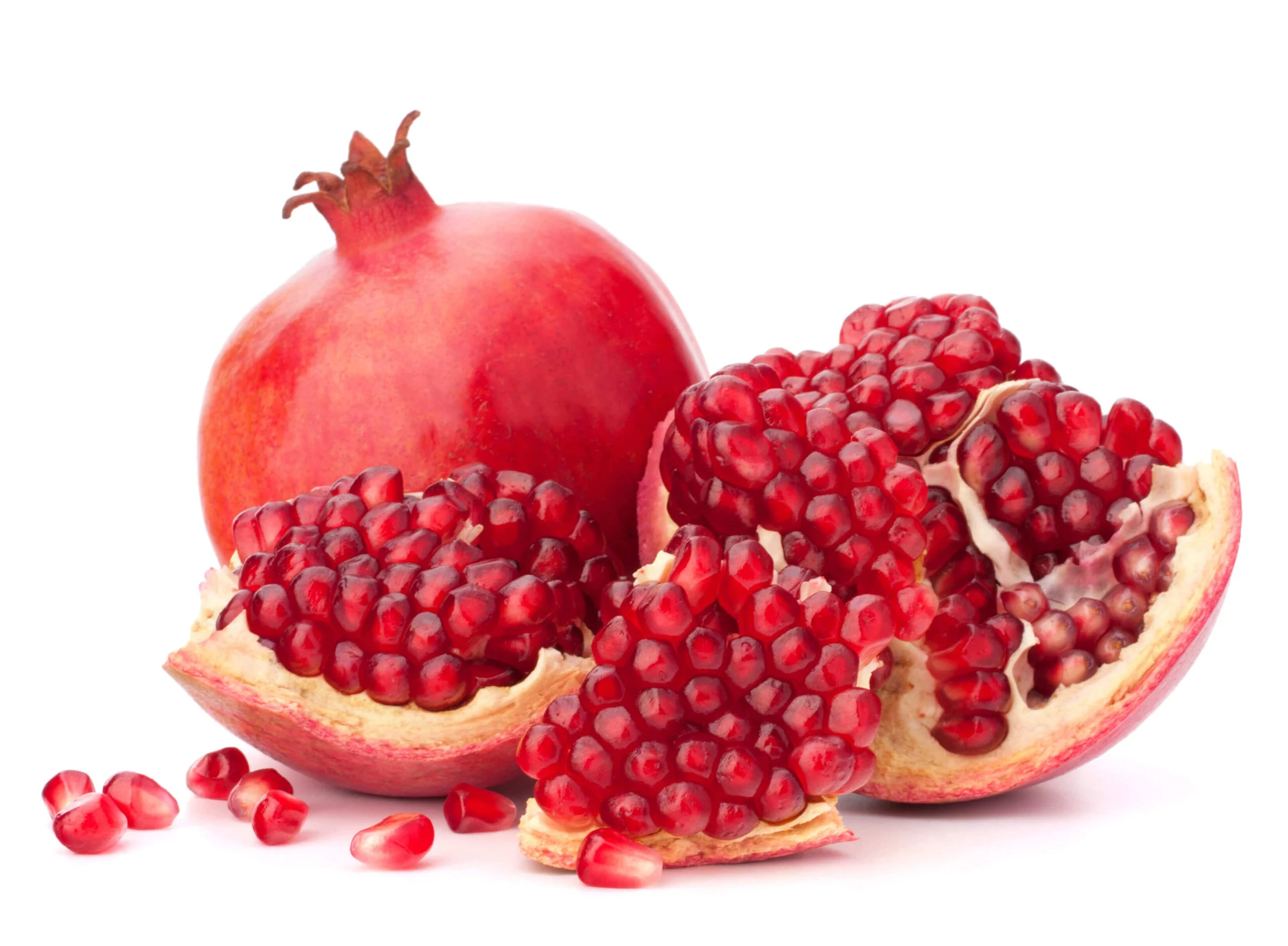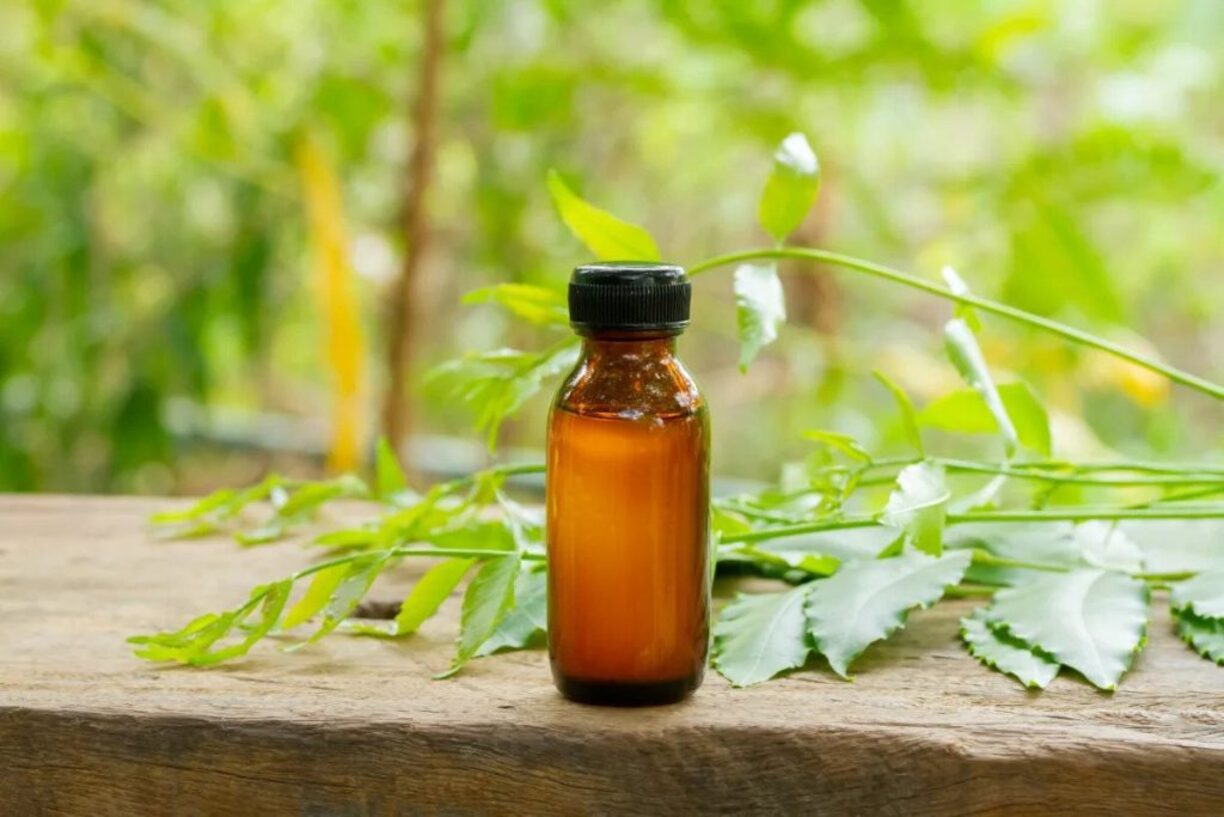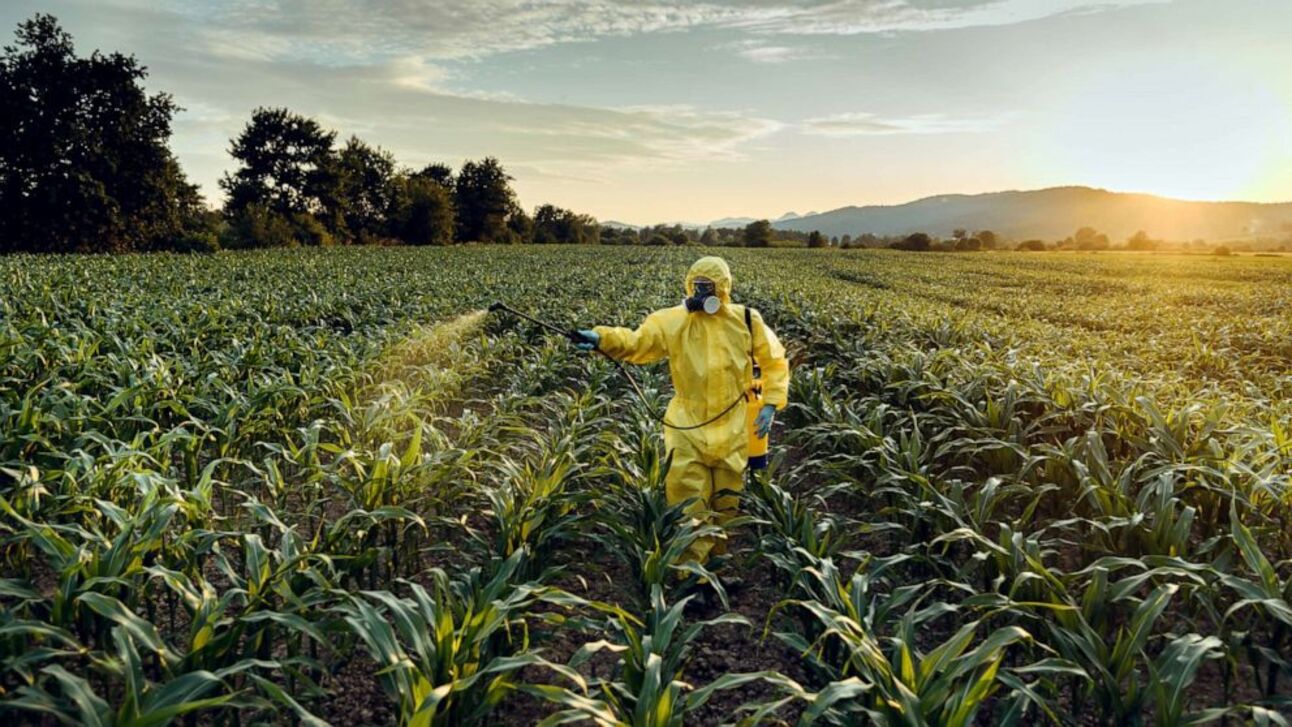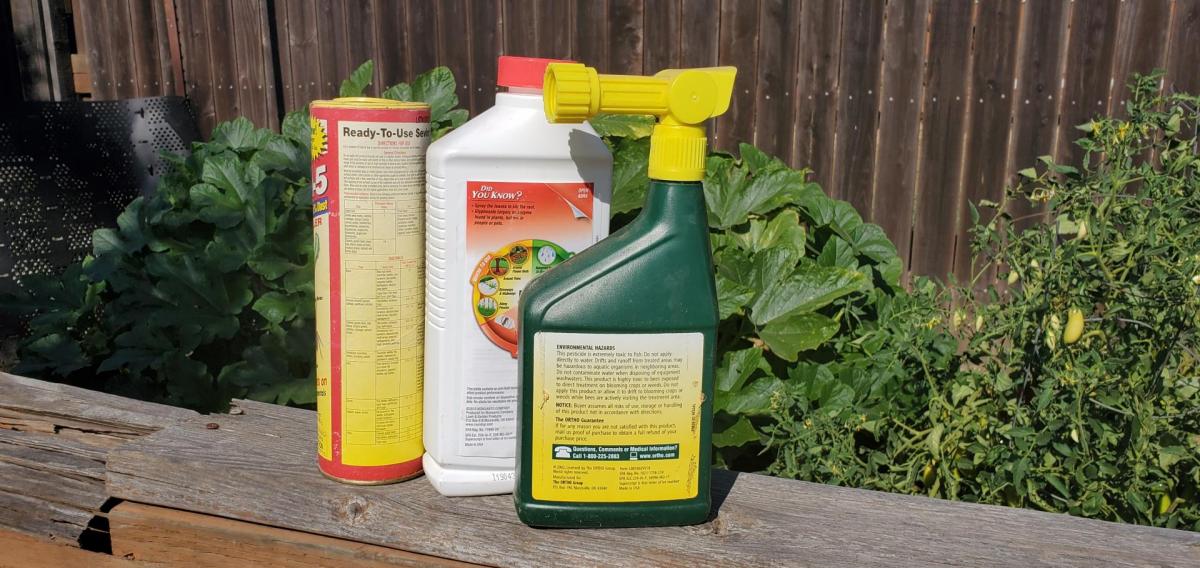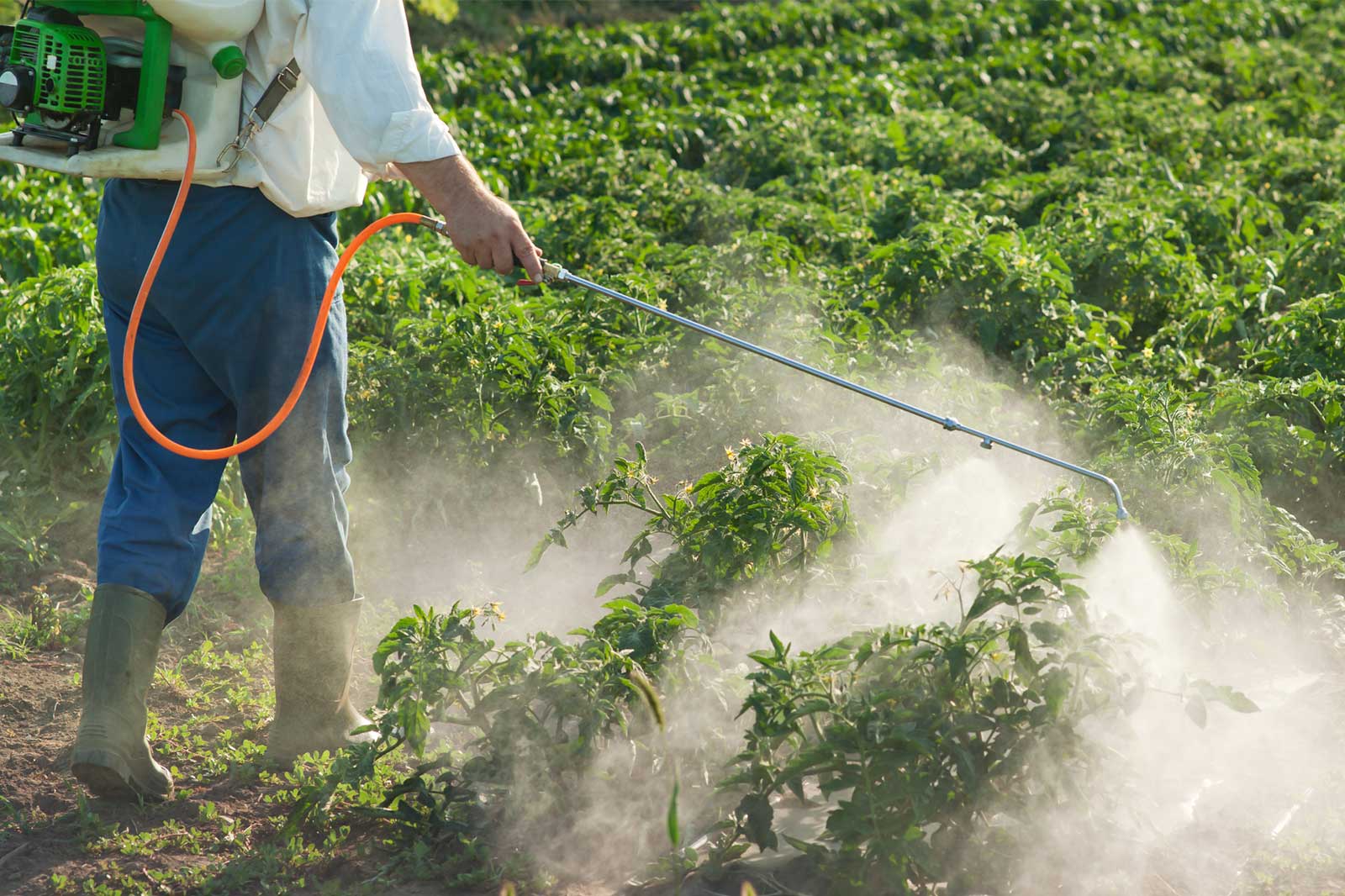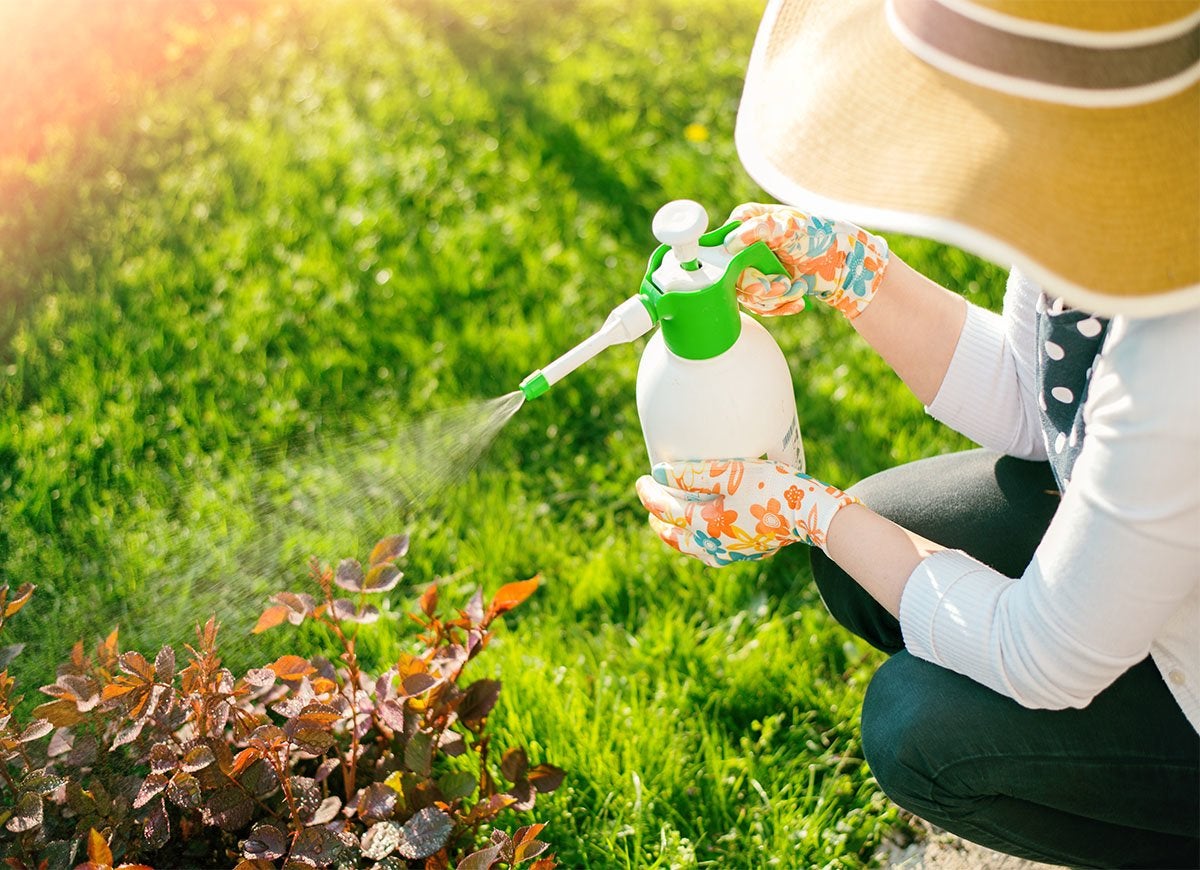Home>Gardening News and Trends>Latest News>What Oatmeal Does Not Have Pesticides
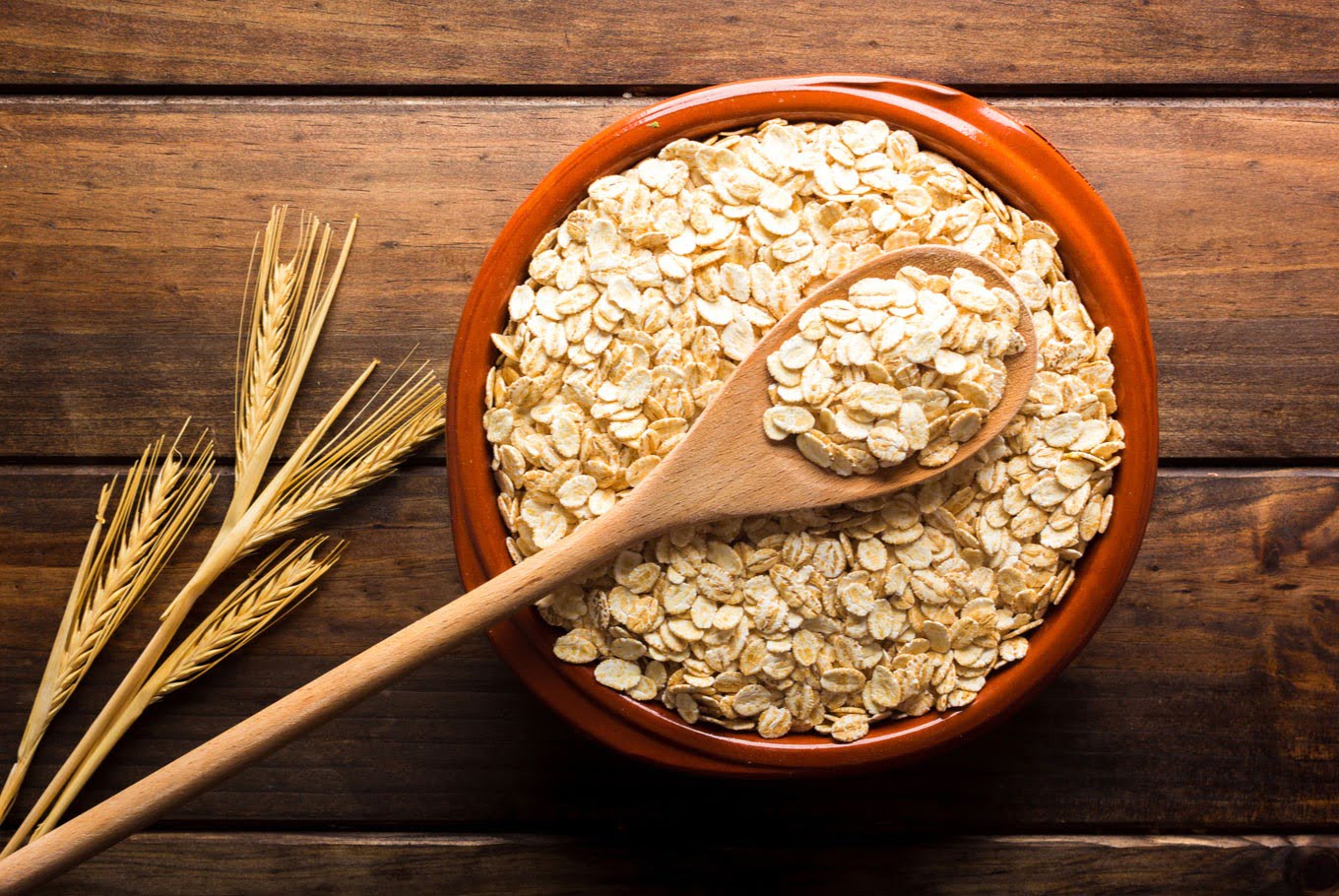

Latest News
What Oatmeal Does Not Have Pesticides
Modified: January 22, 2024
Discover the latest news on oatmeal and why it does not contain any pesticides. Find out the benefits of pesticide-free oatmeal for your health.
(Many of the links in this article redirect to a specific reviewed product. Your purchase of these products through affiliate links helps to generate commission for Chicagolandgardening.com, at no extra cost. Learn more)
Table of Contents
Introduction
Welcome to the world of oatmeal, a delicious and nutritious breakfast option loved by millions around the globe. Oatmeal has gained popularity not only for its health benefits but also for its versatility, making it a staple in many households. However, concerns about pesticide residues in our food have sparked questions about whether oatmeal is free from these harmful substances. In this article, we will delve deeper into the topic to understand if oatmeal has pesticides and explore the measures taken to ensure its safety.
Pesticides are chemical substances used to control pests such as insects, weeds, and diseases that can harm the crops. While they play a crucial role in agricultural practices, there is growing awareness about the potential health risks associated with their usage. As consumers become more conscious of the food they consume, it is natural to question whether oatmeal, as a popular food item, is exposed to pesticides during its production process.
The production of oatmeal involves several stages, from planting and cultivation to processing and packaging. Understanding this process is essential to determine the likelihood of pesticide contamination in oatmeal. Let’s take a closer look at each step involved in the oatmeal production process.
Firstly, oat seeds are sown in fields where they grow into oat plants. Throughout this growth period, farmers may use pesticides to safeguard the crop from pests and diseases. However, it is important to note that the use of pesticides in oat crops is highly regulated to minimize their impact on human health and the environment.
Once the oat plants have matured, they are harvested and undergo a series of processing steps to transform them into edible oatmeal. These processing steps typically include cleaning, dehulling, heat treatment, and milling, resulting in the final oatmeal product. During these processing stages, any potential pesticide residues present on the oat grains are further reduced, ensuring the safety of the end product.
Understanding Pesticides
Pesticides are chemical substances designed to control pests and manage crop diseases. They play a crucial role in modern agriculture by protecting crops from harmful insects, weeds, and diseases that can pose a threat to their growth and yield. However, the use of pesticides has become a topic of concern due to their potential impact on human health and the environment.
There are various types of pesticides, including insecticides, herbicides, and fungicides, each designed to target specific pests or plant diseases. Insecticides, for example, are used to control insects that can damage crops, while herbicides target unwanted weeds, and fungicides combat fungal infections. These pesticides often contain active ingredients that disrupt the biological processes of pests or diseases, effectively minimizing their impact on the crops.
While pesticides are an essential tool in modern agriculture, their usage raises concerns about potential risks. Prolonged exposure to pesticides has been linked to various health problems, including cancer, reproductive issues, and neurological disorders. Additionally, pesticides can have detrimental effects on non-target organisms, such as beneficial insects, birds, and aquatic life.
To address these concerns, regulatory agencies around the world have established guidelines and regulations to ensure the safe use of pesticides in food production. These regulations set maximum residue limits (MRLs) for pesticides on specific crops, including oats. MRLs are the maximum amount of pesticide residue that is allowed to remain in or on a food product. Farmers and producers are required to adhere to these limits to safeguard consumer health and minimize the environmental impact.
It is worth noting that pesticides go through rigorous testing and evaluation before they are approved for use. This process includes assessing their efficacy, potential toxicology, and environmental impact. Regulatory bodies, such as the Environmental Protection Agency (EPA) in the United States, carefully review scientific data and conduct risk assessments to determine the safety of pesticides before granting their approval for use.
Oatmeal Production Process
The production of oatmeal involves several stages, starting from the cultivation of oat plants to the packaging of the final product. Understanding this process is essential to gain insight into the measures taken to ensure the quality and safety of oatmeal for consumers.
The process begins with the planting of oat seeds in fields. Oat plants thrive in cool climates and are typically grown in regions where the weather conditions are suitable for their cultivation. Farmers carefully sow the seeds and provide optimal growing conditions, including adequate sunlight, water, and nutrients, to promote the growth of healthy oat plants.
As the oat plants grow, they require proper care to protect them from pests and diseases that could affect their yield. This involves the judicious use of pesticides to control insects, weeds, and fungal infections. It is important to note that the use of pesticides in oat crops is strictly regulated to ensure consumer safety and environmental protection. Farmers follow approved pesticide application practices and adhere to stringent guidelines regarding dosage, timing, and safety precautions.
Once the oat plants have reached maturity, they are ready for harvesting. Farmers use specialized machinery to carefully cut the oat plants and separate the grains from the rest of the plant material. This is done through a process called threshing, which removes the outer husks, or hulls, from the oat grains.
After threshing, the oat grains undergo further processing steps to transform them into edible oatmeal. These steps may include cleaning, dehulling, heat treatment, and milling. Cleaning involves removing any impurities or foreign particles from the oat grains to ensure their purity and improve the overall quality of the final product.
The dehulling process removes the tough outer hulls from the oat grains, resulting in oat groats. Oat groats are the whole grains without the hulls and are further processed to produce different types of oatmeal, such as steel-cut oats, rolled oats, or instant oats.
Heat treatment, often in the form of steam, is applied to the oat groats to stabilize the enzymes and extend the shelf life of the product. This heat treatment not only enhances the oatmeal’s texture and flavor but also helps eliminate any remaining enzyme activity that could potentially affect its quality during storage.
Finally, the oat groats are milled into the desired consistency, whether coarse for steel-cut oats or finely rolled for quick-cooking or instant oats. The finished oatmeal is then packaged and prepared for distribution to consumers.
Pesticide Regulations and Oatmeal
When it comes to the production and sale of food products, including oatmeal, there are stringent regulations in place to ensure consumer safety and minimize the presence of pesticide residues. These regulations help protect consumers from potential health risks associated with pesticide exposure.
In the United States, the Environmental Protection Agency (EPA) establishes and enforces pesticide regulations. The EPA sets maximum residue limits (MRLs) for pesticides on various crops, including oats. MRLs are the maximum allowable amount of pesticide residue that can remain on or in a food product. These limits are based on scientific research and are set at levels that are deemed safe for consumption.
Before a pesticide is approved for use on crops, it undergoes extensive testing and evaluation to ensure its safety and effectiveness. This includes assessing its potential impact on human health and the environment. The EPA reviews scientific data and conducts risk assessments to determine the appropriate MRLs for each pesticide on each crop.
Farmers and oatmeal producers must adhere to these MRLs, following strict guidelines on the application of pesticides and adhering to pre-harvest intervals (PHIs). PHIs are the minimum number of days that must pass between the last pesticide application and the harvest of the crop. This allows time for any pesticide residues to break down and reach safe levels.
In addition to government regulations, many oatmeal manufacturers also have their own quality control measures in place. These may include conducting regular testing to ensure that pesticide residues are below the MRLs set by regulatory agencies. Oatmeal producers may also source their oats from farmers who follow sustainable and environmentally-friendly farming practices, further minimizing the use of pesticides.
It is important to note that while pesticide residues may be present in certain food products, including oatmeal, they are typically found in very low levels that are well below the established MRLs. These low levels of residues pose minimal risk to human health, and the benefits of consuming nutrient-rich oatmeal far outweigh any potential risks associated with pesticide exposure.
Consumers can further reduce their potential exposure to pesticide residues by washing oat grains before cooking and opting for organic oatmeal, which is produced without the use of synthetic pesticides. Organic certification ensures that the oats have been grown and processed according to strict organic standards, providing a pesticide-free option for those who prefer it.
Testing Oatmeal for Pesticide Residue
Ensuring the safety of oatmeal products is a top priority for both regulatory agencies and oatmeal producers. To monitor and assess the presence of pesticide residues, testing protocols are implemented to analyze oatmeal samples for potential contamination.
Testing for pesticide residue involves a series of sophisticated analytical methods that can detect and quantify the amount of residue present in a sample. These testing methods are highly sensitive and can identify even trace amounts of pesticide residues.
Oatmeal producers may conduct regular testing as part of their quality control measures to ensure that the pesticide residues in their products are below the regulatory limits. They may also test for a wide range of pesticides used in oat production to ensure comprehensive analysis.
In the United States, the Food and Drug Administration (FDA) and the United States Department of Agriculture (USDA) are responsible for monitoring pesticide residues in food products. They conduct routine sampling and testing programs to assess the compliance of food products, including oatmeal, with the established MRLs.
When conducting testing, oatmeal samples are collected from various sources, including manufacturing facilities or retail stores, to represent different batches and brands. These samples are then sent to accredited laboratories for analysis.
The laboratories employ highly sensitive techniques such as gas chromatography (GC) or liquid chromatography (LC) coupled with mass spectrometry (MS) to identify and quantify the specific pesticides present, if any. These techniques allow for the detection of even trace amounts of residues.
It is important to note that rigorous testing is carried out not only on the final oatmeal product but also at various stages of the oatmeal production process. This includes testing oat grains before processing, as well as testing samples during different stages of production to ensure the absence or minimal presence of pesticide residues.
Through testing, regulatory agencies and oatmeal producers are able to ensure that the oatmeal available in the market meets safety standards and regulatory requirements. The results of these tests provide valuable information for both consumers and producers, assuring them of the product’s safety and quality.
Consumers can also contribute to the testing process by reporting any concerns or suspected issues with oatmeal products to the relevant regulatory authorities. This collaborative effort helps maintain the integrity of the oatmeal industry and ensures the continuous improvement of safety measures.
Conclusion
Oatmeal is a popular and nutritious breakfast option enjoyed by many. Concerns about pesticide residues in food have raised questions about whether oatmeal is free from these harmful substances. However, stringent regulations and testing protocols ensure that oatmeal is produced and sold in a safe and responsible manner.
Throughout the oatmeal production process, from planting to packaging, measures are taken to minimize pesticide exposure. The use of pesticides in oat crops is highly regulated, with maximum residue limits established by regulatory agencies. Farmers and oatmeal producers adhere to these limits and follow approved pesticide application practices to safeguard consumer health and the environment.
Pesticide regulations are enforced by agencies like the Environmental Protection Agency (EPA), ensuring that pesticides used in oat production undergo extensive testing and evaluation before approval. These regulations and testing protocols help maintain the safety of oatmeal products by minimizing pesticide residues.
Oatmeal producers often implement their own quality control measures, including regular testing, to ensure that pesticide residues are within acceptable limits. Additionally, consumer choice plays a role in reducing exposure to pesticides in oatmeal, such as washing oat grains before cooking or opting for organic oatmeal.
Testing protocols, conducted by regulatory agencies and manufacturers, analyze oatmeal samples to monitor and assess pesticide residue levels. Highly sensitive analytical methods can detect even trace amounts of residues, ensuring the compliance of oatmeal products with regulatory limits.
In conclusion, while pesticide residues may be present in oatmeal, they are typically found in very low levels that are well below established safety limits. The benefits of consuming oatmeal for its nutritional value outweigh any potential risks associated with pesticide exposure. By following the guidelines, regulations, and testing protocols in place, oatmeal producers ensure that consumers can enjoy a safe and healthy breakfast choice.

